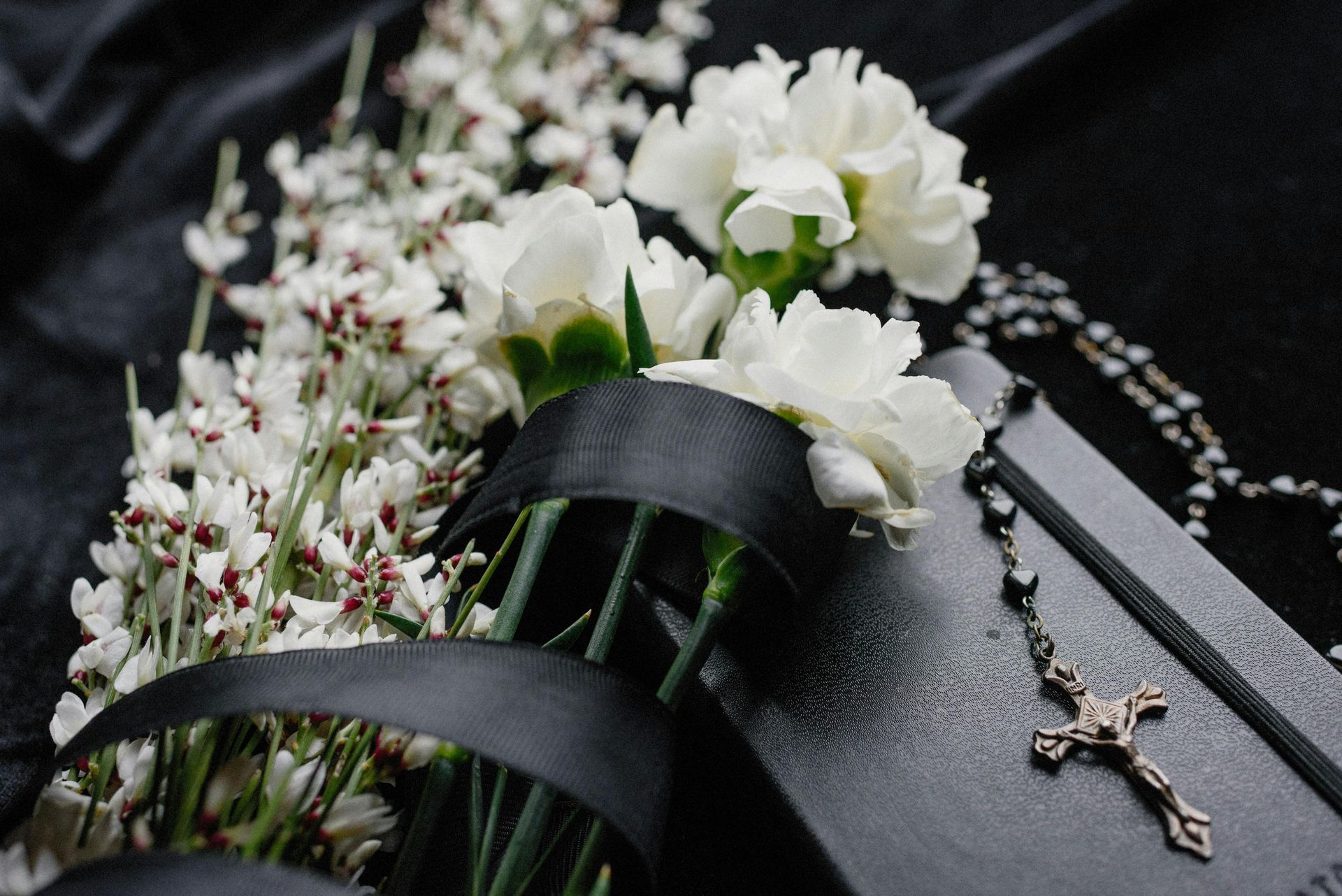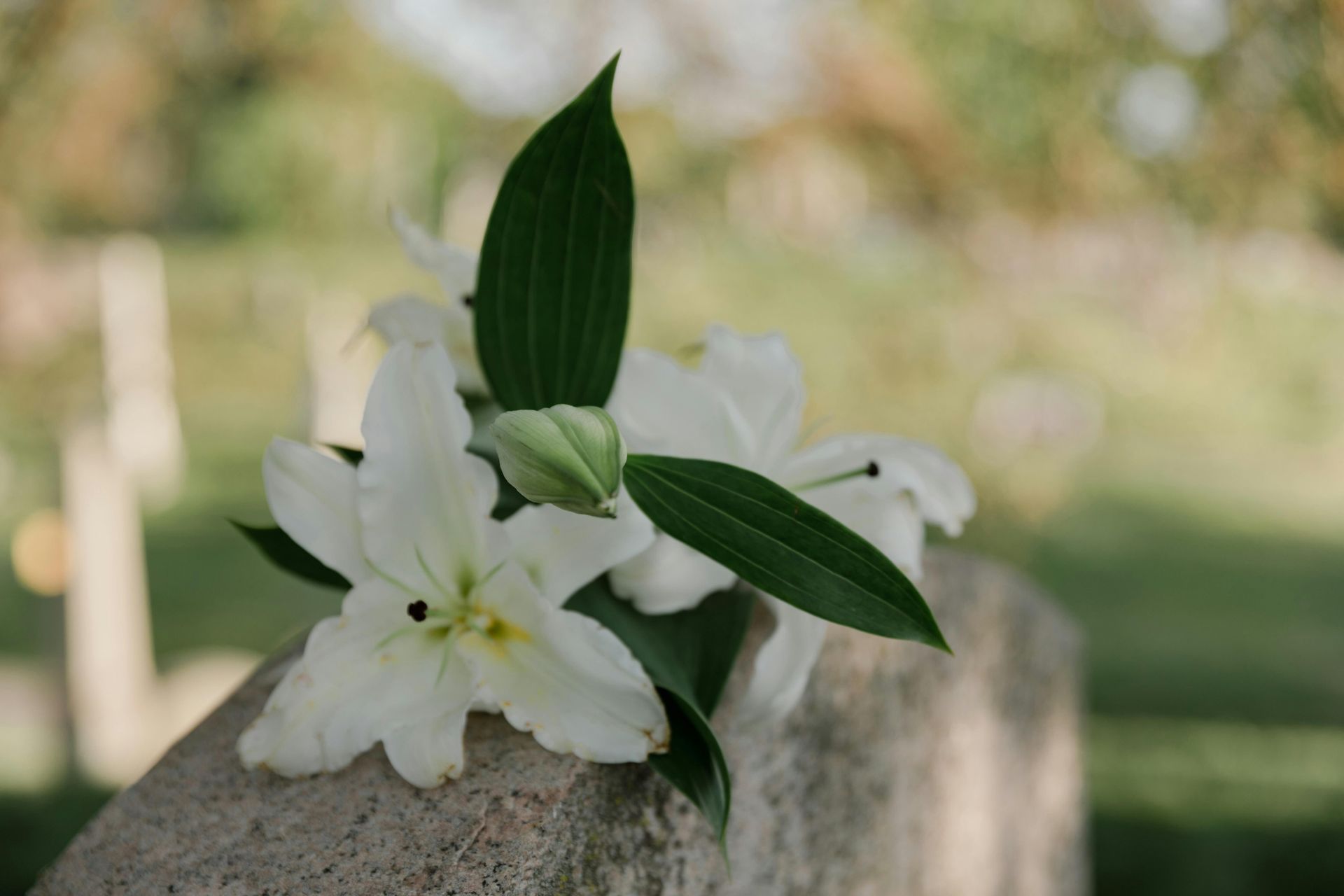Understanding Cremation: A Modern Approach to Saying Goodbye

In recent years, cremation has become an increasingly popular choice for families saying farewell to a loved one. Whether driven by practicality, personal beliefs, environmental concerns, or cultural shifts, cremation offers a meaningful and flexible alternative to traditional burial. But what exactly does cremation involve, and what should families know when considering it?
What is cremation?
Cremation is the process of reducing a body to ashes through the application of intense heat, typically in a crematorium. It takes place in a specially designed furnace, known as a cremator, where the body is exposed to temperatures of around 1,400–1,800°F (760–980°C) for several hours. What remains are fragments of bone, which are cooled, processed into a fine, sand-like consistency, and returned to the family as cremated remains, commonly referred to as ashes.
Why choose cremation?
There are many reasons why individuals and families opt for cremation:
Cost: Cremation is often more affordable than a traditional burial, as it eliminates the need for a burial plot, casket, or headstone.
Flexibility: Families have more time and options for holding a memorial or scattering ashes, especially if relatives need to travel or prefer a non-traditional setting.
Environmental Impact: Although not entirely free from environmental concerns, cremation can use fewer resources than burial, especially when green cremation (such as water cremation or alkaline hydrolysis) is available.
Simplicity: Some people prefer a more straightforward, less ceremonious approach to their final arrangements.
The cremation process: Step by step
Paperwork and Identification: Before cremation can occur, necessary forms must be signed by the next of kin, and identification of the deceased is confirmed.
Preparation: Personal items such as jewellery are typically removed, and medical devices like pacemakers are taken out for safety reasons.
The Cremation: The body is placed in a cremation coffin (usually made of wood or cardboard), then into the cremator. The process takes one to three hours.
Ashes Collection: After cooling, the remains are processed and placed into an urn or container chosen by the family.
Options after cremation:
Cremation doesn’t limit your choices for remembrance. In fact, it often broadens them. Families might:
- Scatter ashes in a meaningful place—at sea, in a garden, or in a dedicated scattering area.
- Keep ashes at home in a decorative urn or memorial keepsake.
- Bury ashes in a family plot or columbarium niche.
- Create memorial jewellery or glass art using a small portion of the ashes.
- Hold a memorial service with or without the ashes present.
Is a funeral still possible with cremation?
Absolutely. Cremation can take place before or after a traditional service. Some families opt for a full funeral followed by cremation, while others choose a direct cremation—where the body is cremated without a service—and then hold a memorial at a later date. This flexibility can be especially comforting for families managing grief or logistics.
Religious and cultural perspectives
Views on cremation vary across faiths. While it is embraced in some religions (such as Hinduism and Buddhism), others—like Islam and Orthodox Judaism—typically prohibit it. Christian attitudes toward cremation have become more accepting over time, with many denominations now permitting it.
Final Thoughts
Cremation is a deeply personal decision, shaped by emotion, practicality, and tradition. It offers a respectful, dignified way to honour a loved one’s wishes, while also allowing families to create a farewell that feels right for them. Whether chosen for spiritual, environmental, or financial reasons, cremation continues to provide a meaningful path through loss, remembrance, and healing.
How else can we help?
Can’t find what you’re looking for?
We’re happy to answer any questions you have. Just drop us a line, or give us a call.



